Can people with autism live a normal life? The answer is yes. This post contains top self help skills for adults with autism that will make your life so much easier and less stressful.
Adults with autism experience reality differently from neurotypical people.
The difference is manifested mainly in their difficulty to decipher social and interpersonal codes, and to navigate their lives as adults.
Professional help can help people with autism have the necessary tools with which to cope with these and other challenges.
What Is Autism?
Autism Spectrum Disorder (ASD) refers to a broad range of conditions characterized by neurotypical cognitive ability as well as difficulties in social adaptation. (*)
The syndrome manifests, via an impairment in deciphering social codes, which impact all areas of life.
Some of the characteristics of ASD in adults include:
- Difficulty in understand what others are thinking or feeling
- Getting very anxious about social situations
- Finding it hard to make friends or preferring to be on your own
- Seeming blunt, rude or not interested in others without meaning to
- Finding it hard to express how you feel
- Taking things very literally – for example, you may not understand sarcasm, jokes or phrases like “break a leg”
- Having the same routine every day and getting very anxious when it changes
Other signs of autism might include:
- Not understanding social “rules”, such as not talking over people
- Avoiding eye contact or experiencing an intense discomfort at the intensity of looking into another person’s eyes.
- Getting too close to other people, or getting very upset if someone gets too close to you or touches you
- Noticing small details, patterns, smells or sounds that others do not
- Having a very keen interest in certain subjects or activities
- Liking to plan things carefully before doing them (*)
People with autism need help in finding ways to adapt to the world and to enable them to use their unique skills constructively, in order to achieve independence in their adulthood.
Related: Autism In Women Symptoms That Are Often Overlooked
What is the difference between autism and Asperger’s?
Asperger syndrome (AS) is a subtype of Autism Spectrum Disorder (ASD). What distinguishes Asperger’s Disorder from ASD are its less severe symptoms and the absence of language delays. (*)
To the untrained observer, a child with Asperger’s Disorder may not seem that different from a neurotypical child.
Being a milder form of autism, many professional refer to Asperger’s as “high-functioning autism”.
Can People With Autism Live A Normal Life?
Can people with autism live a normal life? The answer is yes, people with autism spectrum disorder can live a normal life independently as adults.
It’s important to keep in mind that every case of autism is unique and individual.
This is why each individual should adopt an approach that is unique to him and focus on ways of coping that meets his unique needs.
Related: Shy Child Vs. Autism (& How To Parent A Child With Autism?)
The following are some suggestions to help individuals with ASD cope better with their everyday challenges:
Top +40 Autism Self Help Skills For Adults
1. Social Understanding
#1. Maintain a diary of events, in which you describe everything that took place at that event as well as feelings and thoughts you had.
Read the diary on a regular basis, when fully relaxed.
#2. Deeply observe what is happening as an event and try to define the connection between what is happening and what you’re feeling.
#3. Reconstruct previous events experienced and draw conclusions from them on the link between your behavior and its consequences.
Check if you conducted yourself in an acceptable manner and if there is a better way.
#4. When communicating by phone, writing down what you need to say can help you reduce your anxiety.
#5. Knowing when is the right time or not the time to join in the conversation of others is important. If you know the other people, you usually can join in, but it is always better to ask: Is this a private conversation or can I join in?
#6. Learn to speak in turn. Allow others to join in by asking them what they think about what you’ve just said and what would they like to add.
#7. Showing interest – People with autism tend to talk at length about a topic that interests them.
This might not excite the neurotypical listener who doesn’t like to hear the same thing over and over again. Make sure you touch upon a variety of subjects.
#8. Be accessible – Social anxiety might lead to emotional withdrawal. Try “opening” your body’s posture and facing your conversation partner.
#9. Physical space – Be aware not to stand too close (so it won’t be misconstrued as invasiveness or aggressiveness) or too far away (as it communicates lack of interest or hesitation) in social situations.
#10. Demonstrate involvement by nodding your head, making eye contact and phrases such as: “I understand,” “Really?,” “Wow!,” “Oh, no!” etc., that are appropriate to the context of the conversation.
#11. Greetings – Greetings such as “Hello,” “See you soon,” “It was nice meeting you,” can be a great way to express politeness, kindness, and friendliness toward others.
#12. Small talk – Learn methods to help you create small talk.
The key is to learn to relate not only to information, but also to the relationships in the interactive process, such as: “I understand you, I’ve experienced something similar.”
#13. Ending the conversation – If you are need to go, simply end the conversation by saying “I’m sorry to interrupt you, but I must leave in a few minutes,” or “I hope we can continue this next time we meet.”
Related: Do’s And Don’ts Of Effective Communication
2. Non-Verbal Communication
#14. Learn to smile. Smiling is the most important non-verbal cue in interaction. Practice smiling in front of a mirror.
#15. Practice various other emotions in front of a mirror. This will help you express emotions beyond the spoken word.
#16. Receiving feedback on personal exercises from people you trust.
#17. Body language – Pay attention to body language. If the other person is looking sideways, or frequently checking the time, then he might be bored or in a rush.
Be aware of your own body language. Don’t yawn or look at your watch in a way that might communicate boredom, which might be misconstrued as an insult to the other person.
#18. Eye contact – Make sure you maintain relaxed eye contact, or glance at the other person from time to time.
#19. Tone of voice – Work on adjusting your tone of voice to the context of the conversation.
- A high-pitched voice to express joy,
- a quiet voice to express sadness.
#20. Questions – Adults with autism may ask a lot of questions as a means of deciphering the confusing Neurotypical world. This is usually a good way for coping.
But it is important to develop control and proportionality by frequently checking the listener’s reaction.
Related: Top 5 Tips On How To Be Assertive Without Being Rude
#21. Increasing awareness of others’ feelings – When talking to someone, make sure you stop every now and then and ask them, “What’s your opinion on that?,” “How do you feel about it?,” etc.
It will help you increase your awareness of how others feel. Be careful not to exaggerate or ask a lot of questions.
#22. Think outside yourself – Individuals with autism tend to focus on themselves and forget others. Being able to relate to others will help you calms your anxiety, and increase self-confidence.
#23. Relating with other people and putting yourself in their shoes is a great way to create connections.
Invest thought and learning in relating to others. Find the way that suits you best and apply it.
#24. Accept your social limitations, and search for support.
Related: The Art of Validation: How to Listen Without Giving Advice?

3. Over-Sensitivity, Distress And Emotional Overload.
#25. Learn how to cope with overwhelming emotions by breathing deeply, relaxing, and doing whatever calms you down.
#26. Immerse yourself in something soothing, such as a hobby, etc.
Related: Top 45 Easy Self Care Day Ideas at Home (+Free Worksheets PDF)
#27. Discuss the problem with someone you trust.
#28. Explain to others your special needs and ways they can help you, such as disturbing you less, making less noise, making fewer demands on you, etc.
#29. Channel the energies of anger and tension into a different direction, such as exercise.
Related: How to Manage Stress And Anger? (7 Tips to Lower Your Blood Pressure)
#30. Be more compassionate with yourself, be proud that you tried to do your best, and appreciate yourself for not giving up.
Related: 30-Day Self-Love Challenge That Will Radically Change Your Life
#31. Empower yourself by rising above the angering factor, and above the words and actions of the other person and yourself.

4. Difficulties Around Change
Because of their struggles around change and break of routine, individuals with ASD might find it hard to take risk and limit themselves as a result.
By becoming more open to change and accepting encouragement, the individual with ASD can learn how to contain a situation of both risk and chance, and feel comfortable with the idea of trying something new.
#32. Ask yourself, what is the worst-case scenario? And if the worst happens, what can be done and who can you turn to for help?
#33. Remind yourself that getting used to something new is naturally difficult for everyone.
Related: 30-Day Self-Love Challenge That Will Radically Change Your Life
5. Anxiety And Depression
The effort made by the adult with ASD to adjust and fit in can be exhausting and may lead to outbursts or even a breakdown.
Negative emotions, such as anxiety and depression can take their tollon the health of individuals with autism. This is why it’s important that he practice self-care:
#34. Be physically active.
#35. Maintain your health and optimal body weight, through eating a balanced diet.
#36. Relax yourself through deep breathing, meditation, yoga, listing to relaxing music, etc.
#37. Get involved in a relaxing activity, such as walking along the beach, etc.
#38. Help yourself reduce anxiety by understanding the accompanying emotional problems to ASD and the best way to handle them.

6. Thinking Positively
#39. Pay attention to your desire to examine situations logically and the resulting way of thinking in terms of black or white. Consider that there aren’t always clear-cut answers, especially in social and interpersonal fields.
#40. Practice flexible thinking and let go of the need to decipher the world.
- Consistently convince yourself that you control your mind.
- Make an effort to think positive thoughts that will generate good feelings.
- Appreciate yourself for changes you made and keep track of your accomplishments.
- Don’t compare yourself to others. It is frustrating and leads to jealousy and bitterness.
#41. The more you work on accepting yourself, the easier it will be for others to accept you.
#42. Keep in mind that those who tease you have low self-image. Refrain from internalizing the humiliation.
#43. Harassment – Being socially naïve can make you a target for harassment.
Be assertive! Nothing justifies harassment and no one deserves to be harassed. Demand assertively the respect you deserve.
Related: Unhelpful Thinking Styles: Top 10 Common Examples of Cognitive Distortions
Conclusion
Because of the challenges people with autism face, they might experience repeated criticism of their strange behavior, and painful rejections, which might force them to protect themselves by withdrawing.
Although adults with high-level functioning have good verbal ability, they don’t have the social skills required for maintaining effective communication and developing meaningful ties with others.
However, clinical experience shows that professional help and the support of parents, friends and significant others in the life of an adult with ASD can help improve their social adjustment and quality of life in general.
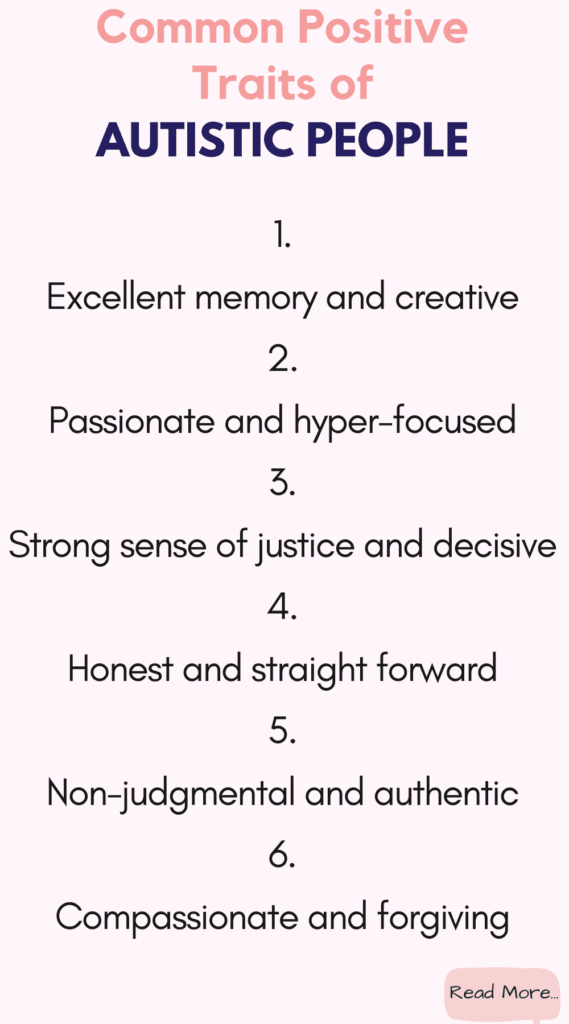
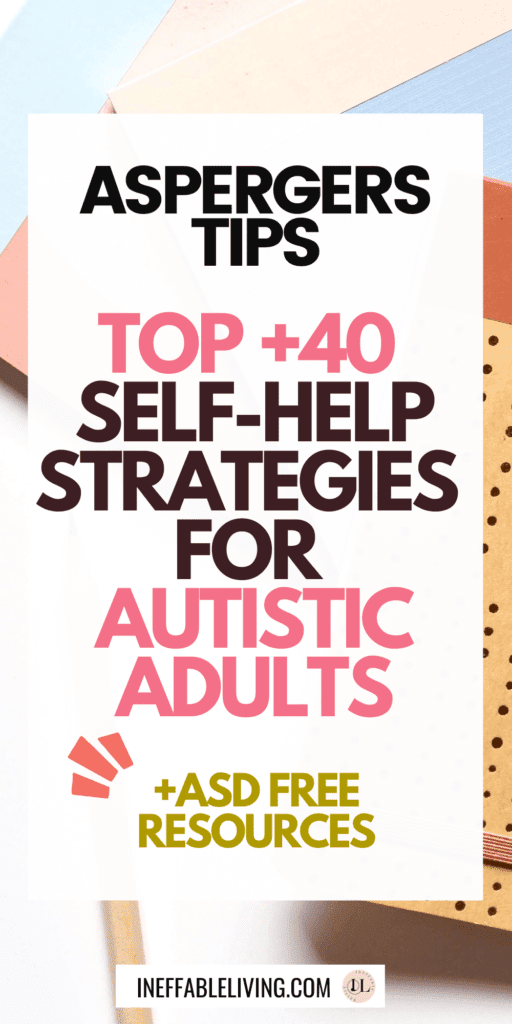
Resources
- Portions of this article were adapted from the book Women and Girls with Autism Spectrum Disorder, © 2015 by Sarah Hendrickx. All rights reserved.
- Portions of this article were adapted from the book Asperger’s (ASD) The Elusive Syndrome, © 2019 by Benjamina Eran. All rights reserved.
- Signs of autism in adults – NHS (www.nhs.uk)
- Autism Symptoms: What Does ASD Look Like in Adults? (additudemag.com)
- Autism in Adults: Diagnosis, Treatment, and Resources (healthline.com)
- Autism and adults – Better Health Channel
- Autism signs and characteristics checklist for adults | The Spectrum
- Autism in Adults – HelpGuide.org
- Autism in Adults: 10 Facts to Understand the Realities (verywellhealth.com)
- Autism Symptoms and Diagnosis in Adults – Autism Research Institute
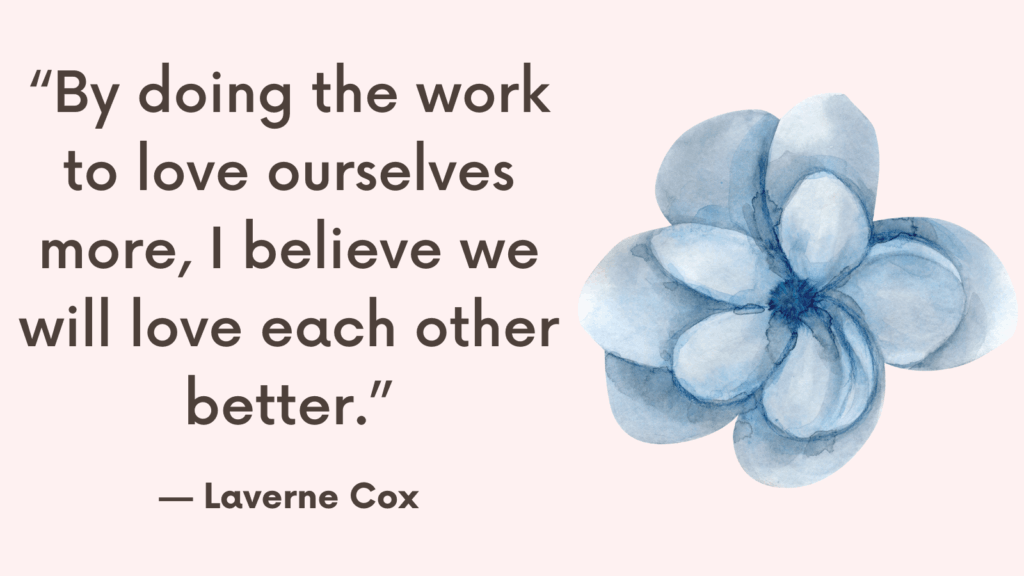

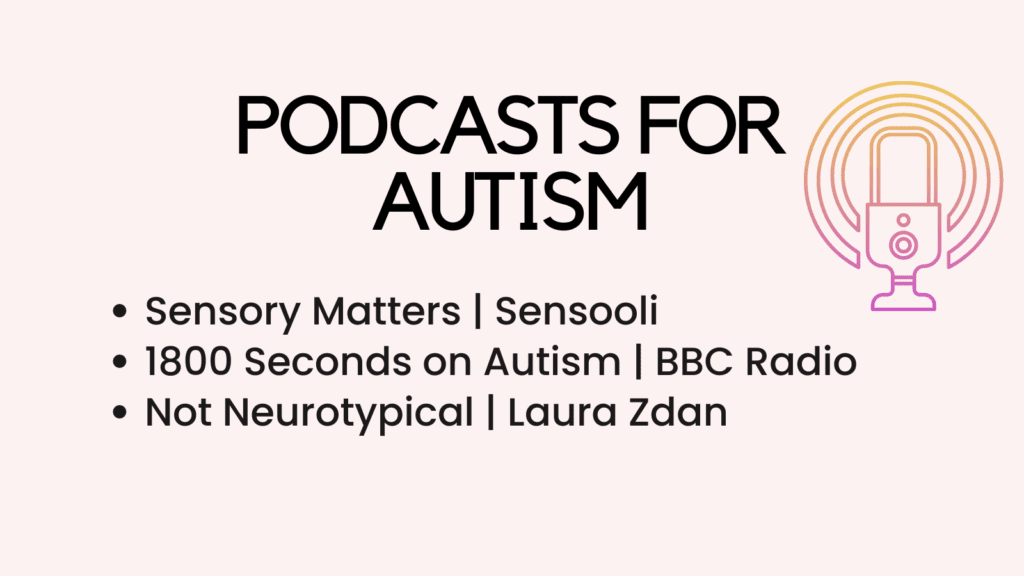
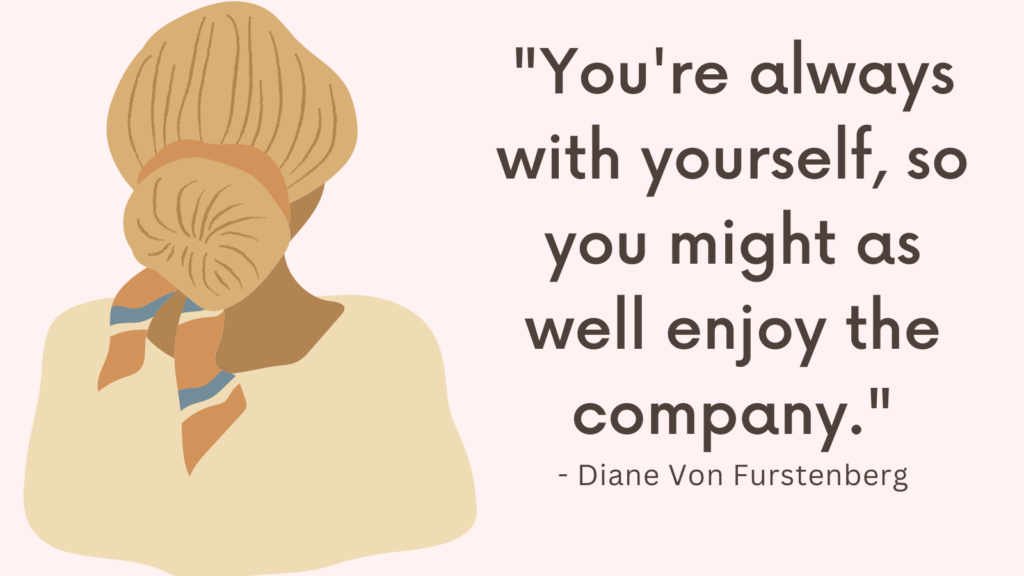
Comments are closed.